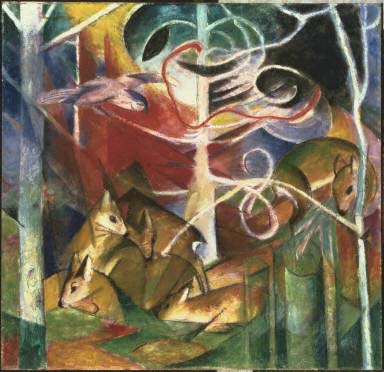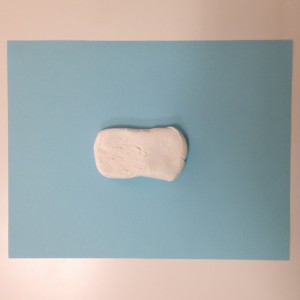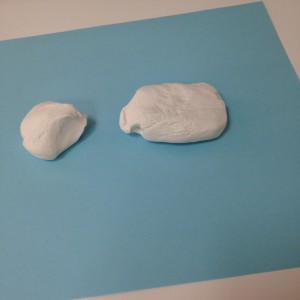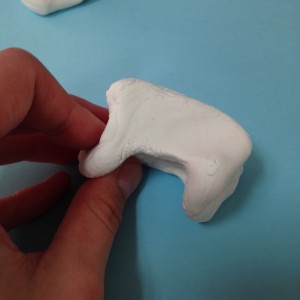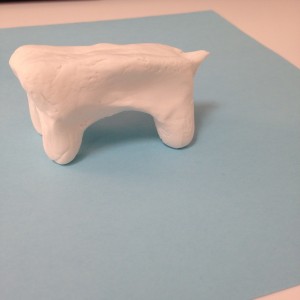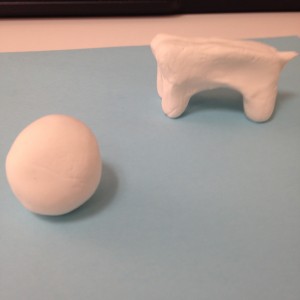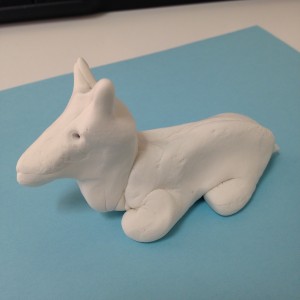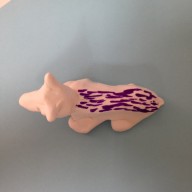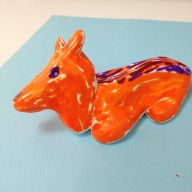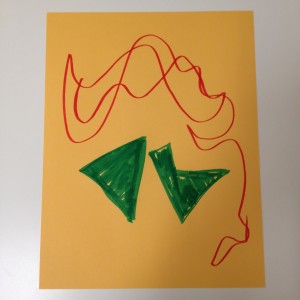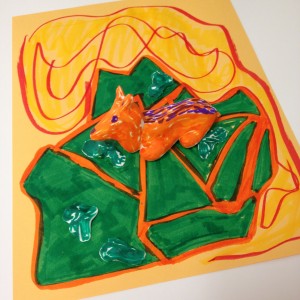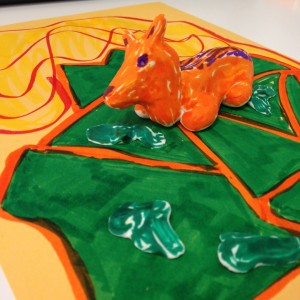In this series, Education Specialist for Public Programs, Emily Bray highlights participants in the 2016 James McLaughlin Memorial Staff Show, on view through September 19, 2016.
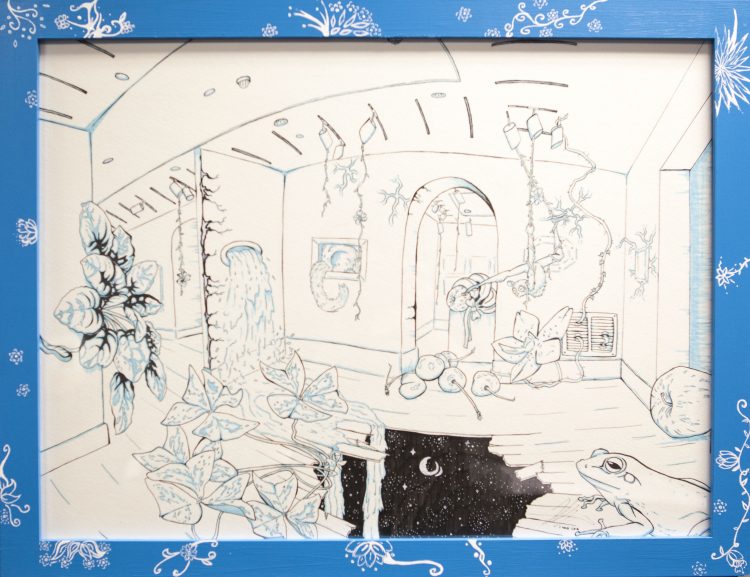
Karina Dar Juan,”Day Job Daydream: 2C”
Karina Dar Juan
Karina Dar Juan is Virginia-born with an overseas state of mind. Having received a BA in Philosophy and Art History, followed by an MA in Art Theory and a secondary MA in Museum and Gallery Studies, all in the UK, Karina brings her expertise on European art history and Museum Practice back to the states with the hopes of working full time as a museum professional. Her art backgrounds include graphic design, illustration, makeup and costume Design, hand-knitted clothing and accessories, performance art, and running seminars and panel discussions on art within a broader cultural sphere.
What do you do at The Phillips Collection? Are there any unique/interesting parts about your job that most people might not know about?
Museum Assistant (MA); We see all, we hear all, and we protect all. Fast reflexes are a bonus.
Who are your favorite artists in the collection?
Definitely Wassily Kandinsky and Ferdinand-Victor-Eugene Delacroix; Delacroix because the art historian in me has a soft spot for the Romanticism versus Neoclassicism tension during the Enlightenment period, and Kandinsky because I’m fascinated by synesthesia and Kandinsky’s use of this trait to express his spiritualism.
What is your favorite gallery or space within The Phillips Collection?
I may be the exception to the rule as far as Museum Assistants go, but I usually favor the first floor of the Sant building. While it has a reputation for being cold and uncomfortable, I’ve seen its potential realized in so many different ways. It’s the tallest gallery space, allowing for towering sculptures, and it’s often the space where the most modern art pieces are shown, providing a refreshing place to pause and digest the more traditional exhibitions in the rest of the museum. Also, it’s the room I was posted in for my very first day as an MA.
What would you like people to know about your artwork on view in the 2016 Staff Show (or your work in general)?
I’m normally more of a knitter than any other art form, however I was inspired very early on as an MA to make an art piece on a Phillips Collection gallery. I spend all day staring at the same room, and images seem to pop out whenever I let my imagination wander. I wanted to portray the mindset of an artist lapsing into a daydream during a particularly quiet shift. Most of the motifs in my piece are from around my house, such as the plants, and I always include the usual motifs for my sister and brother: my brother as a frog or puzzle piece, and my sister as an acrobat or chipmunk.
Anything else?
Please visit my website at www.facebook.com/KDJ.Design or my Instagram at KDJ.Design.
The 2016 James McLaughlin Memorial Staff Show is on view August 14 through September 19, 2016.


